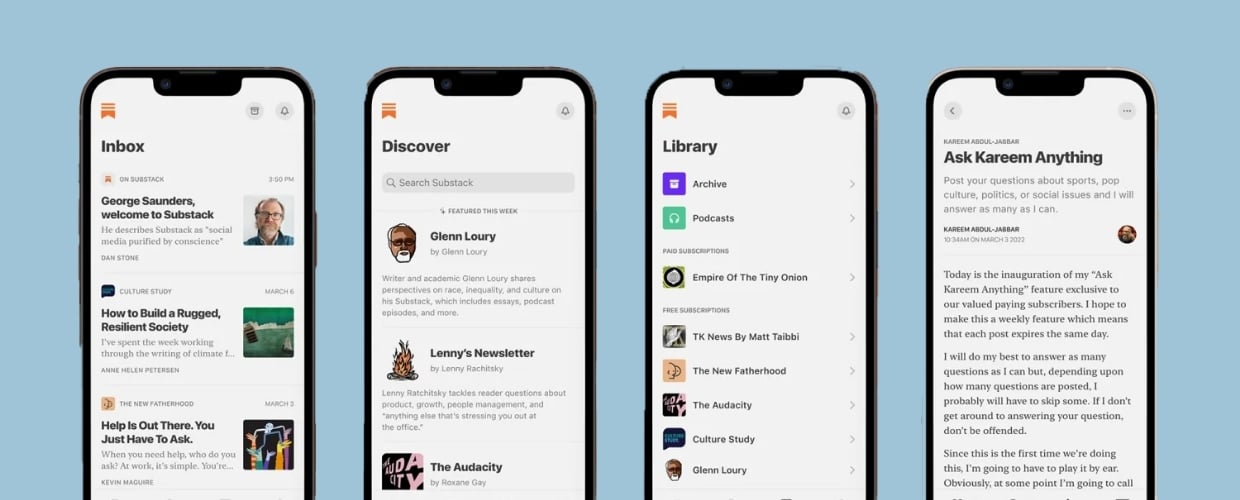The rise in fake news is certainly not a new American phenomenon.
Abraham Lincoln was nearly undone by it and Benjamin Franklin used it to help further the case for independence from Britain. Propaganda has been as much a part of American history as tea parties and presidential inaugurations. But its re-emergence during this past election portends a significant shift in how Americans view the country's journalistic institutions and consume the news, not to mention perception of a person or business.
It used to be our main source of news landed with a thunk on our front porch every morning, or emanated from our television sets in the evening. With the internet not yet a thing, we had every reason to believe the news we were given was, more or less, accurate. The idea that something delivered to us in the form of news was wrong or misleading was fairly outlandish.
In 1976, when investigative journalism regarding Watergate and Vietnam was underway, public trust and confidence reached its highest point at 76 percent. But it has been on a downward spiral ever since.
Last year, American confidence in media reached its lowest point: 32 percent. And, if we're being honest, that number won't rise anytime soon.
What’s a marketing executive or business owner to do when you’ve built a business strategy around earned media? If you haven't already done so, having a frank discussion with your agency partner about this topic should be at the top of your priority list. This discussion should result in an action plan to ensure PR and marketing activities will continue smoothly, regardless of the public's perception of the mainstream media.
Below we share four strategies to add to your strategic planning agenda in 2017:
1. Develop a content marketing strategy
No matter the industry, your audience is migrating to the web, so it makes sense to implement a content marketing strategy. Not only does this give your business the ability to better control the message, but developing and publishing content on owned sites allows for greater authority on relevant topics and it also maximizes your storytelling prowess.
2. Don't ignore your target audience
If your business exists in a highly-specialized space, chances are good your customers read or subscribe to trade publications in your field. This represents a prime opportunity to tell your story in a relatively safe space. Most trade publications, from Beverage World to Website Magazine, will not only publish information on your newest products or offerings, but they are also open to guest contributions from subject matter experts.
3. Explore speaking opportunities
Securing speaking opportunities at events where your target audience is already assembled is a great way to engage with a captive audience and present a strong message without relying too heavily on more traditional media outlets. As a bonus, a choice speaking spot can lead to post-event media opportunities, giving you more bang for your buck.
4. Double down on social
A brand is only as good as its social presence, so in times of uncertainty, it's a good idea to lean upon your online community. Establish clear goals for each platform you engage on and speak directly to customers. Identify influencers who can become reliable sources and help to validate your message.
Fake news is not a topic of discussion that will go away tomorrow, if the current political climate is any indication. But there are steps to take to combat its spread, and these are steps to seriously consider if you want to keep your company’s brand reputation intact.
Look beyond fake news and explore other important trends for the 2020 Marketer. Download our free eGuide below.





